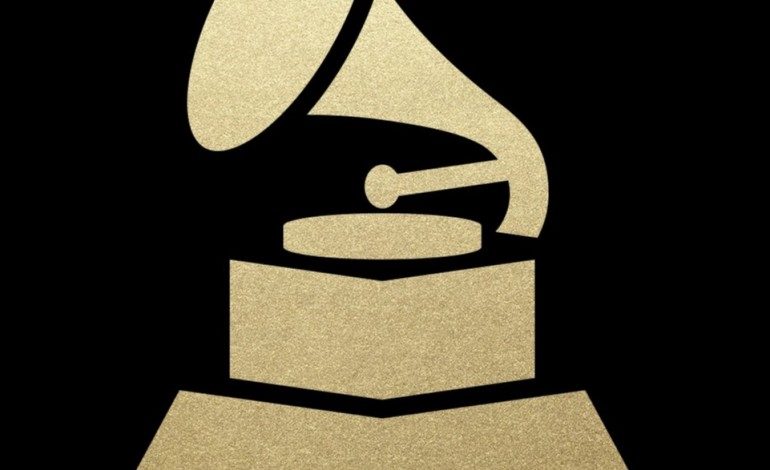

The Recording Academy has unveiled their set of guidelines for music studios that are set to reopen during the ongoing COVID-19 pandemic. These guidelines will vary state-to-state and city-to-city, as each location around the country is enacting specific social-distancing policies, with some even reopening completely.
These guidelines were based off of the recommendations made by studio owners, engineers and other representatives from across the nation. A full comprehensive list of the plans can be found here, which includes 20 unique steps to handle social distancing.
The first step includes evaluating spaces to make sure that they can maintain the required six-feet recommended to ensure safe social-distancing measures. If a space cannot accommodate people to keep them six feet apart, the studios are encouraged to stagger these places. People are also discouraged from congregating in tight spaces around the studio.
Studios are also encouraging artists and workers to use face coverings within the buildings, and to also obey local laws regarding the use of face coverings. They also advise that the studios supply disposable and washable face coverings, alongside disposable gloves if possible.
Vocalists are encouraged to record in an isolated room, and are discouraged from recording in a control room if there are other people present. The guidelines also call for these spaces to be limited to essential personnel only, with limited visitors.
Electronic sign ins from clients are also encouraged, as are touchless payments for utilizing studio space. The academy also states that the studios can check the temperatures of people working within the space using an infrared thermometer upon entry to the facility. Studios are also advised to provide clients with information regarding COVID-19 protocols ahead of their session.
Studios with elevators are encouraged to limit the amount of people who use them, and advise that they wear face coverings, while limiting the amount of surfaces they touch. The guidelines also asks studios to “consider acrylic face shields when it is necessary to be within six feet of another person.”
The sanitation guidelines are also extensive, asking studios to sanitize microphones and studio equipment routinely after each use. Vocalists are encouraged to bring and sanitize their own pop filters, and encouraged all musicians to bring their own headphones with 1/4-inch jacks (and to sanitize it themselves) if possible.
They also recommend filter cleaning HVAC systems in the studio, and possibly disinfecting with UV lights. They also discourage eating food and drink within the studio, while encouraging that the spaces provide tissues, paper towels, no-touch trash cans, and hand sanitizer in bathrooms.
The final steps encourage remote work stations for some staff, so they can work from home, while also shifting staff schedules to maximize social-distancing.
